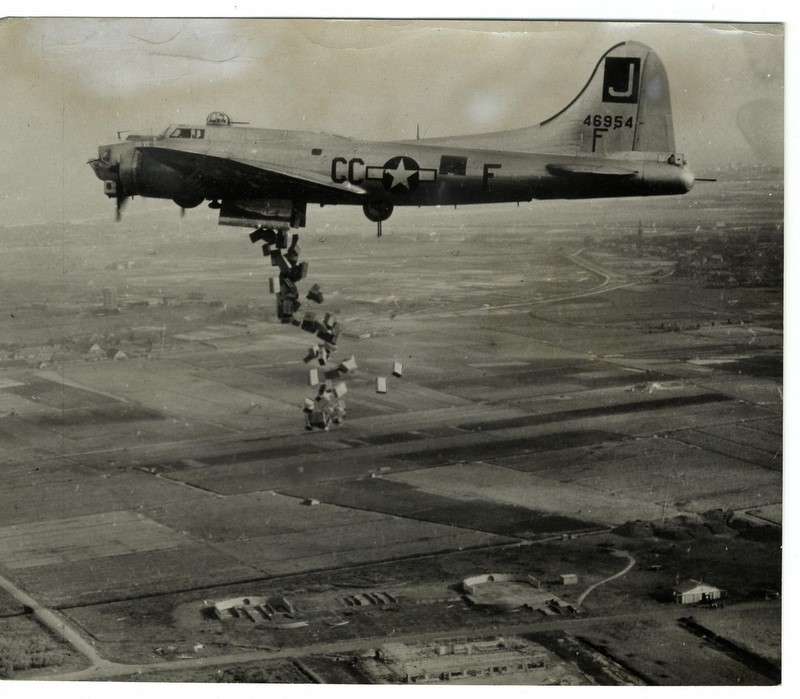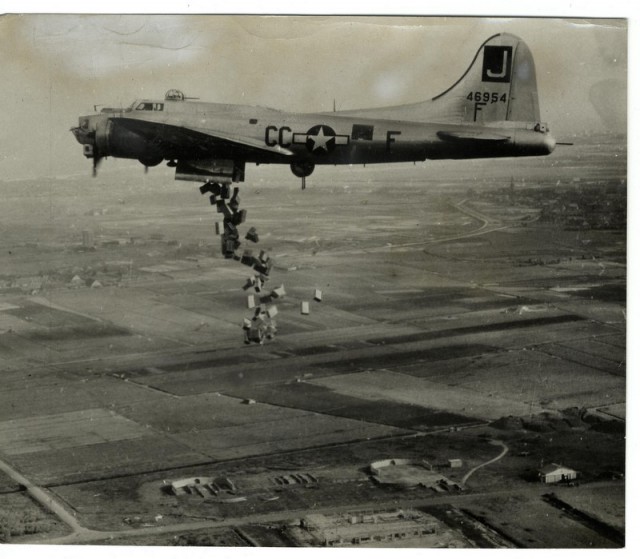
In April 1945, over 3.5 million Dutch citizens in the western part of The Netherlands were starving, this part of the county was not yet liberated from the German Army. The famine was as a result of a severe winter and also because the Germans, who had occupied Netherlands at the time since 1940, had cut off food shipments to the area.
This was a retaliation for the national railway strike which started during the Allies’ Operation Market Garden in September 1944. The condition had thus deteriorated and the residents of Amsterdam, Utrecht, Rotterdam and The Hague which were the major urban areas needed urgent help. This period has been marked as the `Hunger Winter`.
As a result, the Dutch Royal Family had to do something for their starving people and Prince Bernhard approached General Dwight D. Eisenhower who was the Allied Forces commander. Citing lack of authority for such an operation, the Allied commander sent Prince Bernhard to his superiors, namely; Winston Churchill and President Franklin D. Roosevelt.
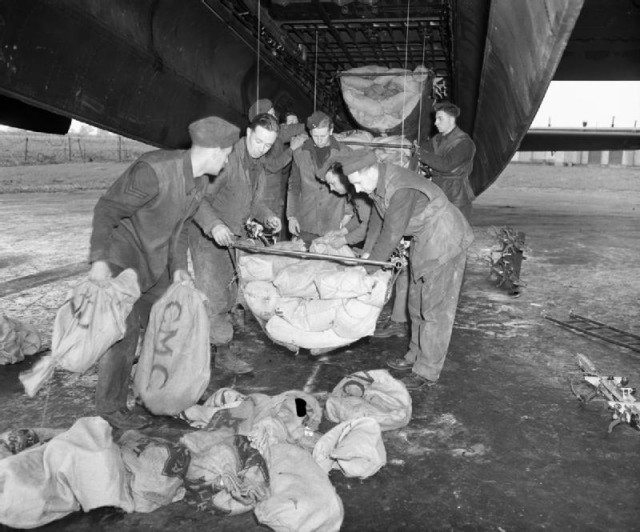
His mission was to convince the two leaders to consider a temporary truce with the German forces so that food could be distributed to his people. Prime Minister Winston Churchill showed great interest in helping the starving people of Western Netherlands but was a bit reluctant because this was no ordinary operation considering the risks involved. On the other hand, President Franklin D. Roosevelt agreed without any reluctance.
Commander Eisenhower was thus put in charge of the operation, but he needed someone with experience at the Air Force and delegated the mission to Air Commodore Andrew Geddes. After a brief period of planning, `Operation Manna` was born, which is symbolic of the Biblical story in which the Israelite’s received food from heaven.
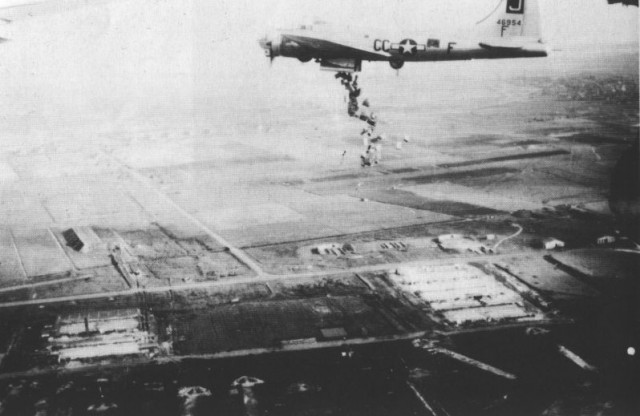
Eisenhower agreed a truce with Reichskommissar Arthur Seyss-Inquart who was the German governor in charge of Netherlands. The Royal Air force (RAF), Royal Canadian Air Force (RCAF) and United States Army Air force (USAAF) planes would be allowed to drop food from the air, without German opposition.
The Germans, with the help of Dutch officials marked several drop zones where the food would be dropped, and on April 29 operation Manna started with the first food drop made by the RAF. It was used as a test to see whether the Germans would put up any resistance but after its success more planes were sent later that day.
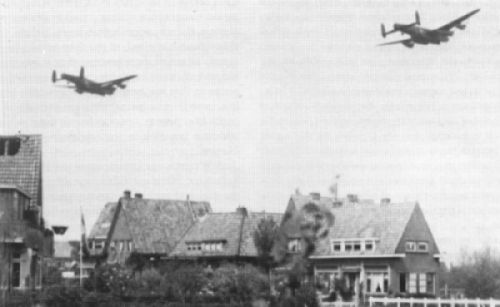
The first drop was actually a major risk for the RAF because not all Germans had not fully agreed or might not be fully informed. The following day the truce was made official and on May 1st the USAAF started their operation Chowhound, by May 2nd the number of food drop zones had been increased to ten. The drop zones were made at very low altitude to ensure that the food was intact when it hit the ground.
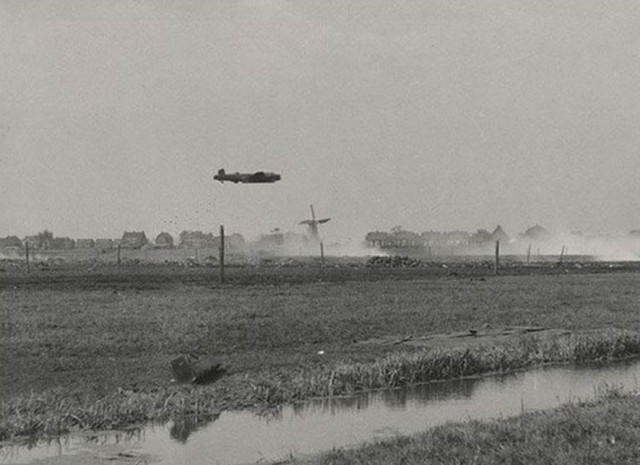
Operations Manna and Chowhound continued until May 8, 1945 even after the Germans surrendered, and it was a success because 6,680 tons of food was delivered to the starving Dutch citizens. The Dutch were ordered to keep off the entire area surrounding the drop zones because some of drops in Operation Manna would not be accurate. However, due to hunger and excitement some ignored these orders and lives were lost, due to the impact caused by the food`s weight.
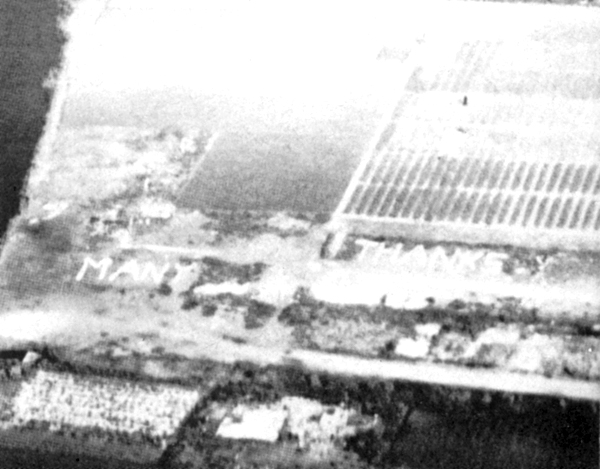
The losses were as a result of two planes which were involved in a collision and one which crashed due to engine fire. Although the losses were highly regrettable, Operation Manna and Operation Chowhound were very successful and rescued thousands of people from starvation in Western Netherlands.
For many bomber crews these were their final mission of WWII, ending the war by bringing food thus life to a starving people, a big change from dropping bombs and death.
Documentary on operation Manna
https://youtube.com/watch?v=4utm_gB_zs0
